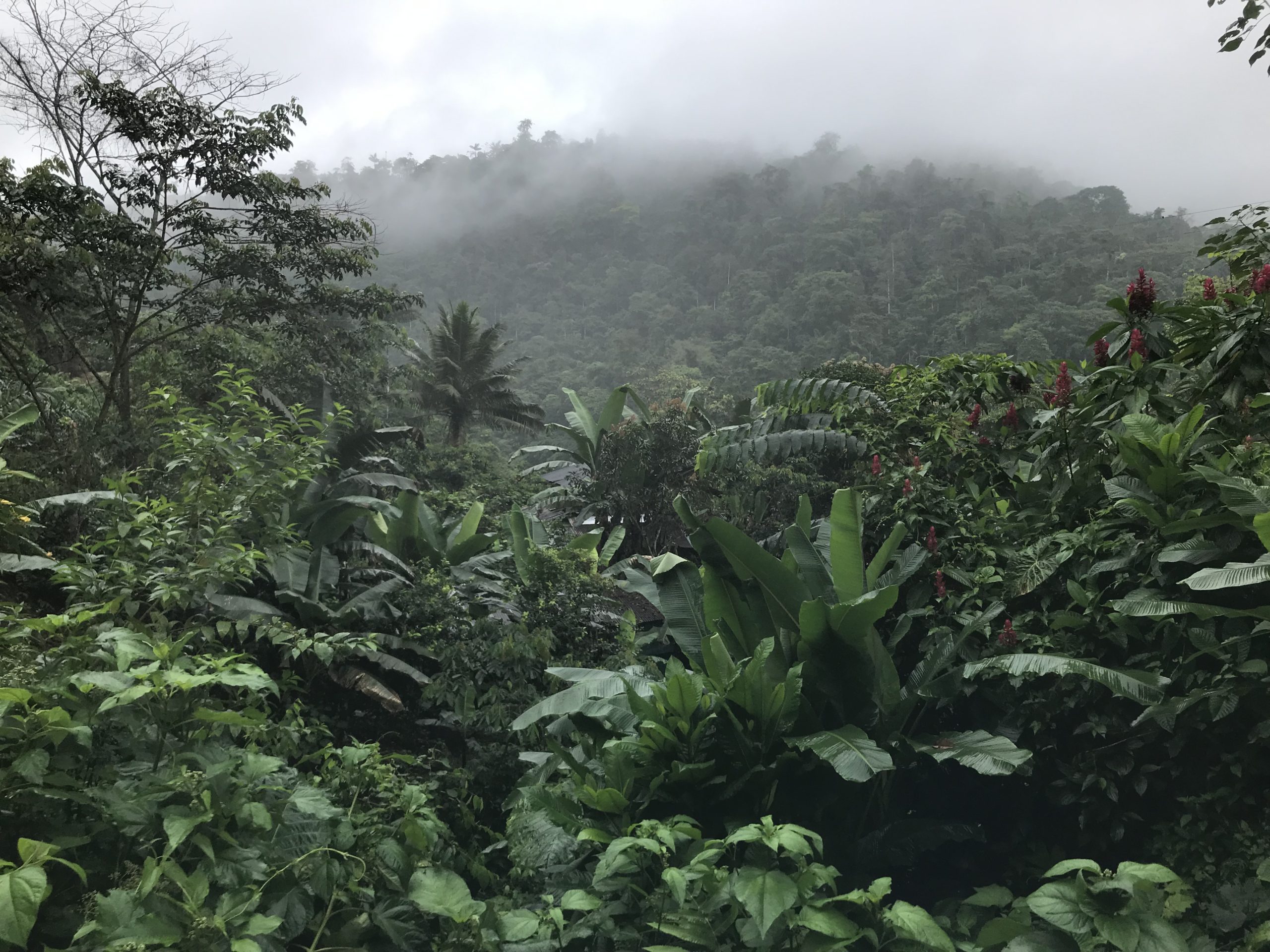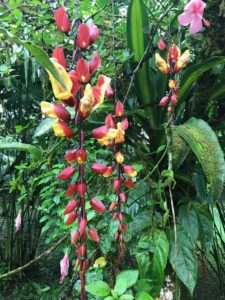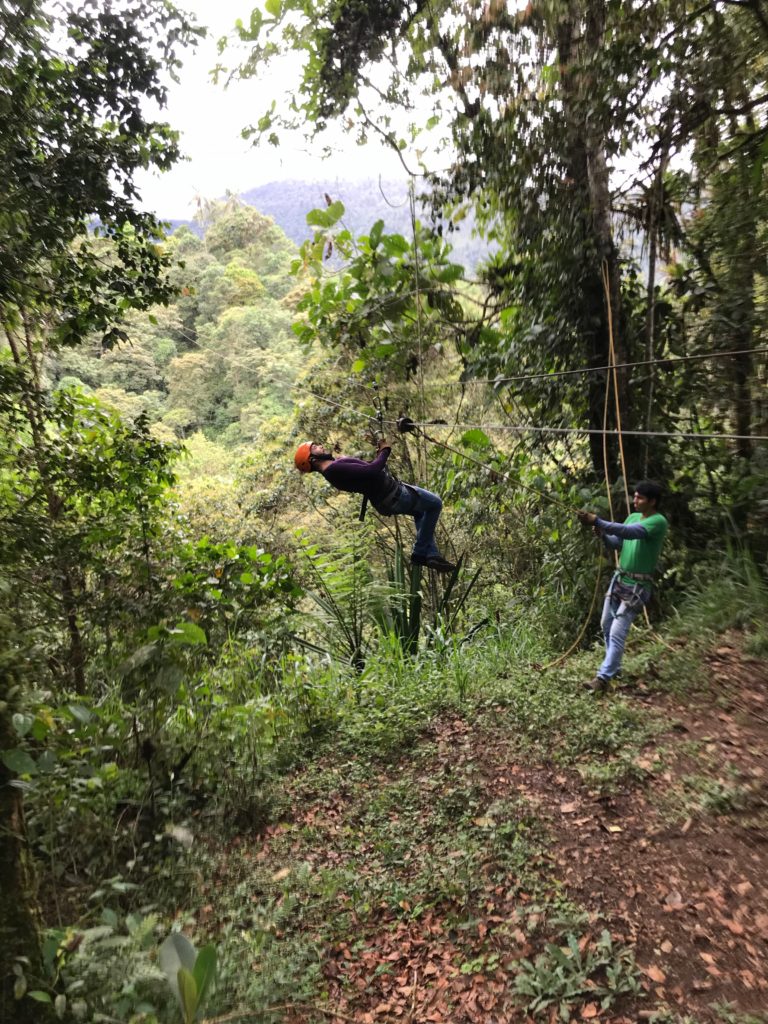As we are now well into 2020, many of you have already heard this term “Chakras”. Some of you may even already have some association with these metaphysical energy centers located throughout the body.
The truth is that while most information focuses on the 7 major chakras, and indeed we will as well, there are actually hundreds of chakras located all over the body. There is however, good reason that the focus tends to fall on the 7 major chakras, and that is because those 7 have such a major role and impact on our overall well-being.
So to begin, the word Chakra is Sanskrit for “wheel” or “disk” and this has much to do with the perceived shape of the chakra and the fact that when healthy and vibrant it spins much like a wheel in motion. The idea of the chakra being a disk however, is true only to the extent of a particular perspective. When facing a person (if you can see or sense energy) their Chakras do in fact appear as a disk, they are, none the less funnel shaped smaller at the body and larger as they move away from the body somewhat like a tornado. This funnel actually allows us to exchange energy in both directions, to our benefit as well as to our detriment. Additionally 5 of the Chakras found on the front of our body also have a corresponding Chakra which is on the back of our body, these are the 2nd-6th Chakras with the 1st and 7th Chakras being funnels which extend up and down, the 7th toward the sky and the 1st toward the earth.
So as you might have already caught on, the main Chakras are numbered, 1 through 7. And, much like Maslow’s Hierarchy of Needs Pyramid, each Chakra builds us up on the physical, emotional, mental, and energetic levels to get us to a place of self-realization and connection with our true-selves, leading to a sense of one-with-all. Unfortunately, the converse is true as well, when our chakras are unhealthy, stagnant, and blocked they can lead to unconnectedness and dis-ease in our physical, emotional, mental, and energetic selves.
The first Chakra is the Root Chakra, also known by it’s Sanskrit name Muladhara which means “Root Support”. This Chakra is connected to the Earth element and is a masculine energy. The color red is associated with this Chakra, that represents our sense of safety, stability, security, and having our basic needs – such as food/water, shelter/safety, as well as support/interconnection, met. The Root Chakra located at the base of our tailbone is our essential survival center and governs our physical existence.
The second Chakra is the Sacral Chakra, known as Svadhisthana in Sanskrit meaning “One’s Own Place”. Orange is the color of this Chakra which represents our creativity, sensuality/sexuality, and emotions. This Chakra is connected to the water element and is a feminine energy. The Sacral Chakra, located between the navel and pelvis governs our emotions and intimacy.
The third Chakra is the Solar Plexus, known in Sanskrit as Manipura, meaning “Lustrous Gem”. A fire element, this Chakra is also masculine. The color yellow is the hue associated with this Chakra. The Solar Plexus represents your willpower, self-esteem, and warrior energy. The Solar Plexus is located just under the rib cage, above the navel and governs our personal power.
The fourth Chakra is the Heart Chakra, Anahata in Sanskrit with the meaning of “Unstruck”. The Heart Chakra is an air element, and is a feminine energy. Green is the color most commonly associated with this Chakra, however Pink is also connected to the Heart Chakra. The Heart Chakra is associated with balance, compassion, affection, and love. Located in the actual heart center/sternum area this Chakra governs our love and connection. Additionally, this Chakra is the bridge that connects our three lower Chakras (first, second and third) which are tied to our physical aspects to our three upper Chakras (fifth, sixth, and seventh) which connects us to our spiritual aspects.
The fifth Chakra is the Throat Chakra, known as Vissudha in Sanskrit which means “Purity”. The Throat Chakra is the element of sound, and is a masculine energy. The color blue or sky blue is most closely associated with this Chakra. The Throat Chakra represents our ability to speak our truth (to ourselves and others) and share creative expression. The Throat Chakra located at the throat governs our self expression and our life purpose(s).
The sixth Chakra is the Third Eye Chakra, known in Sanskrit as Ajna which means “Command”. The Third Eye Chakra is a feminine energy, and represents the element of light. The color Indigo is the color associated with this Chakra. The Third Eye Chakra represents connecting to our wisdom and insight also known as our intuition. Most cultures regardless of their knowledge or belief in the Chakra system, have some sort of collective belief about the Third Eye and its role in connecting us to our inner knowing. The Third Eye Chakra located in the center of the forehead governs our clear perspective and psychic awareness and abilities.
The seventh Chakra is known as the Crown Chakra, Sahasrara in Sanskrit, meaning “ Thousand-spoked”. This Chakra is the unified energies of masculinity and femininity and resonates with the element of thought. The colors violet, and sometimes pure white or gold are the colors associated with this Chakra. The Crown Chakra represents our divine connection and unity with all beings and all elements. The Crown Chakra located on the very top of our head governs our connection to Spirit and wisdom.
Just knowing about these energetic centers in the body empowers us to take the steps to live our best lives. Knowing what each Chakra represents and relating it back into your personal being will help you discover which, if any of your Chakras are unbalanced. Developing a personal practice of working with your Chakra system can help ensure you are giving and receiving healthy, beneficial, supportive energy to and from your environment, which includes the people you interact with. The Chakra system is a powerful tool to help you find balance, well-being, and connectedness in your life.










































